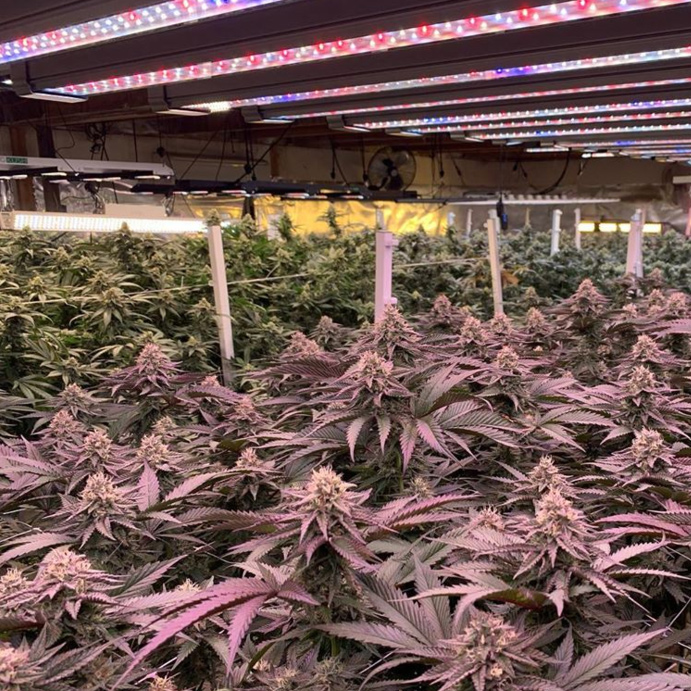Choose The Best Industrial Hemp LED Grow Light
Writer:Jane Time:2020-11-11 Browse:191

One of the most common problems for industrial hemp growers is that; "What type of LED growth lamp should I be looking for?"
I've been experimenting with new LED lights to get a real feel for what's on the market. Buy, I'm not trying to sell to you on any one brand, now I'm talking about the things you should pay attention to before investing real money in LED plant lights.
The LED chip
You're always looking for chips with at least 3W, and anything less than 3W won't provide consistent enough light coverage for your plants. This means that each chip needs to be 3W instead of 3 lights for 1W LED, so keep this in mind when reading the instructions. 3W chips offer the best quality in white, blue and red.
power
That's also important; You want to read the product description to get the total output. How many units does the light claim to have? It could be 300 watts, 400, 600 or even 1000. Always check the output and look for at least 300W.
Understand that when it comes to LEDs, you can't always get 100% power, so the wattage you end up with is usually less than recommended, and the chip will always burn out regardless of quality, so the higher the wattage you get, you can compensate for the wattage loss.
Spectrum
Keep in mind that red, blue and infrared are also important when growing industrial hemp, so you'll want to stick to an ideal PAR. Look for blues with a range of 440-470nm and a tear range of 640 to 660nm.
Heat dissipation
These lights stay on most of the day, usually for 15 hours at a time, so make sure they have an internal fan to protect the lights and a fan to protect the plants. If it gets too hot there, it might damage the plants.
LEDs operate at a lower temperature than HPS bulbs because they emit only about 15 to 25 percent of their energy as heat, but the heat occurs behind the bulbs of LEDs, so this area needs to be protected. High-quality lamps will have a thick aluminum heat sink on the outside or inside of the rear area to take heat away from the chip.
Lens
A quality lamp will have an optical lens that amplifies the light and increases the nutrient permeability of the plant by about 25 percent. This makes the lights more expensive, but certainly worth it.
The materials
LEDs should come with a warranty, preferably one for 5 to 10 years. In practice, LEDs of this nature have a life span of about 10 years, especially in some of the more expensive panels. Look for panels that are sturdily made of aluminum, steel, or a non-cracking material.
The quality assurance
As mentioned earlier, look for lights with a warranty of more than one year, LEDs last up to 10 years, so I'm a bit suspicious of manufacturers that offer only a one-year warranty, as this indicates a cheap case or cabling system to make. I usually expect parts to come with a 3 year warranty.
Either way, the parts promise to be better, because the bulb will continue to work no matter which part needs to be replaced. You can easily replace the missing parts as they arrive, while your plants still get the nutrients they need.
